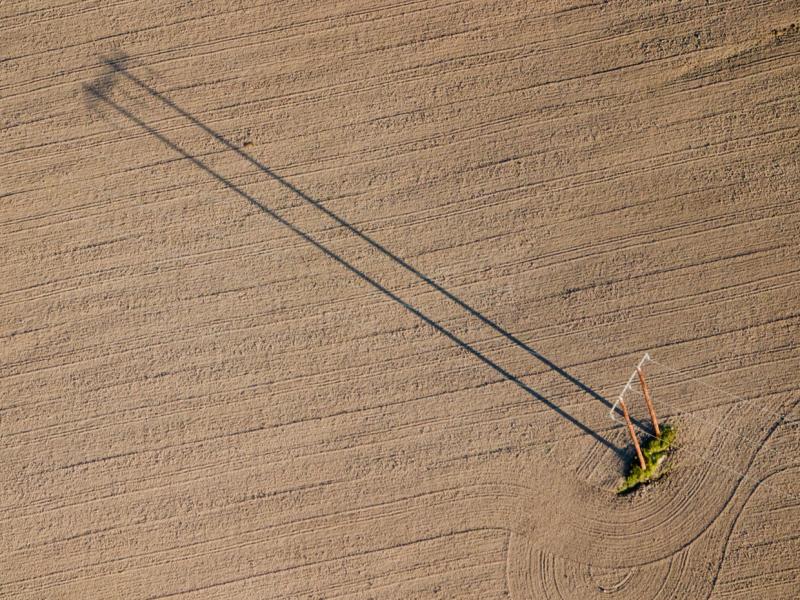Acquiring, farmland inside a Self Managed Superannuation Fund (SMSF) that can then be leased to a related party is popular strategies for farmers to help build their wealth for retirement.
Make this a stress free transaction by considering the following issues:
Arms-length transaction requirements
Leasing farmland to a related party must meet the arms-length transaction requirements to avoid breaches of superannuation law. This means having a property documented lease agreement, market rent that is supported by independent evidence and payment terms that would be offered in a normal arrangement.
Managing cash flow
Managing cash flow in a SMSF that has a large investment in property can be tricky where members are drawing pensions from the fund. It is crucial to remember that there is a minimum pension % that must be withdrawn each year and that this % increases as members get older.
Ongoing stamp duty management
Often when farmland is transferred to a SMSF from members, it is exempted from stamp duty under the proviso that only the original owners ever have an interest in the property. Practically, this means that the members balance in the fund can never fall below the value of the property. If it does, a stamp duty event might be triggered with penalties that have undone all of the tax benefits of transferring it in the first place.
The next generation
The biggest issue with having farmland in a SMSF is how to get it out to the next generation while being able to minimise capital gains tax, stamp duty and even the tax that can arise on death benefits if super is paid to an adult child. It is possible but it requires time and planning – and the changes from 1 July 2017 have only made this more important.
Farmland in superannuation is a powerful option that can give great benefits both now and in the future – but only when it is really understood.




